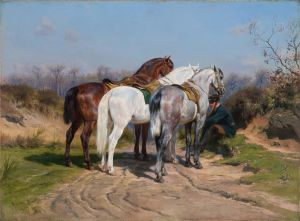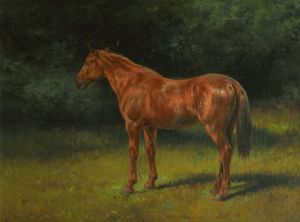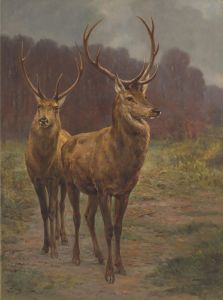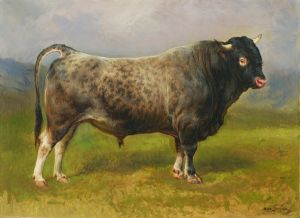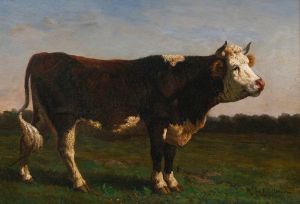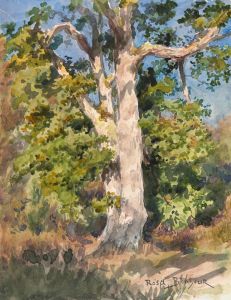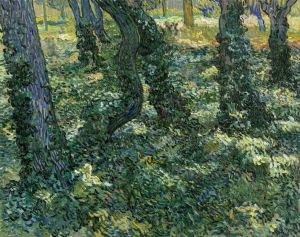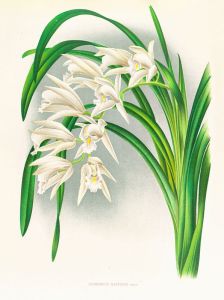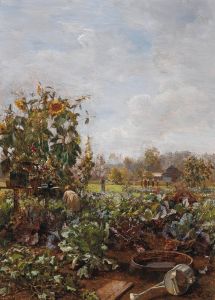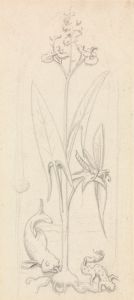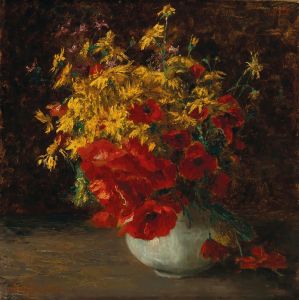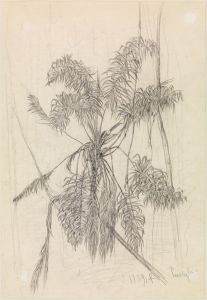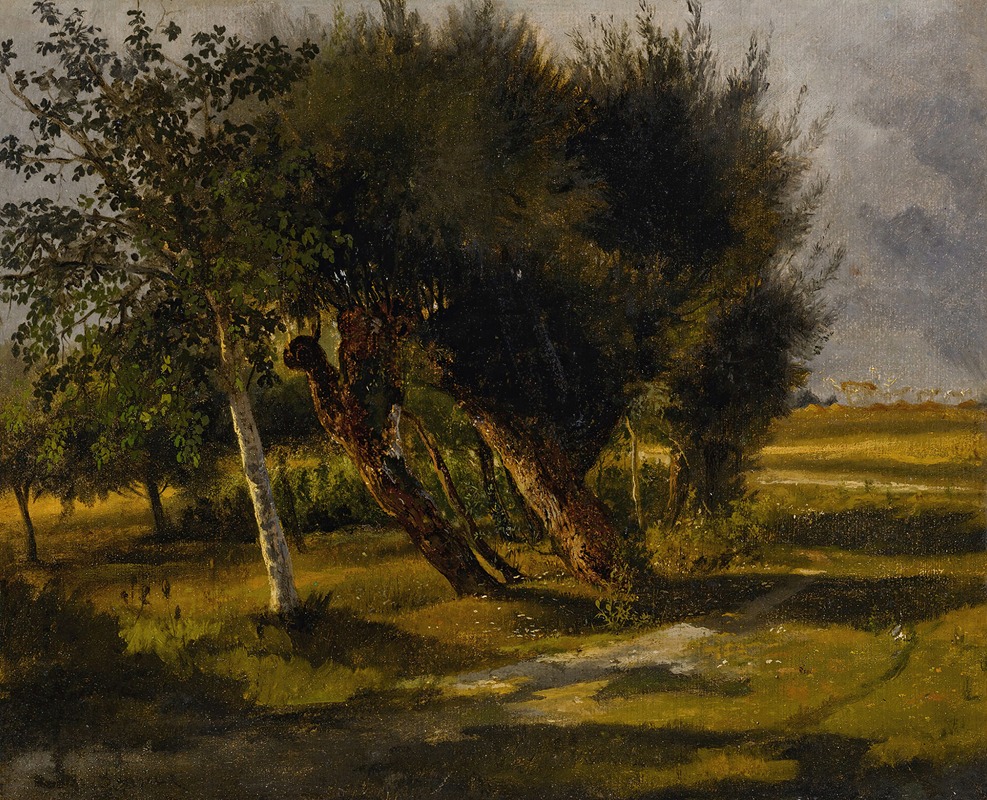
Bouquets D’Arbres Dans La Prairie
A hand-painted replica of Rosa Bonheur’s masterpiece Bouquets D’Arbres Dans La Prairie, meticulously crafted by professional artists to capture the true essence of the original. Each piece is created with museum-quality canvas and rare mineral pigments, carefully painted by experienced artists with delicate brushstrokes and rich, layered colors to perfectly recreate the texture of the original artwork. Unlike machine-printed reproductions, this hand-painted version brings the painting to life, infused with the artist’s emotions and skill in every stroke. Whether for personal collection or home decoration, it instantly elevates the artistic atmosphere of any space.
Rosa Bonheur, a renowned 19th-century French artist, is celebrated for her realistic depictions of animals and rural scenes. Among her lesser-known works is "Bouquets D’Arbres Dans La Prairie," which translates to "Bouquets of Trees in the Meadow." This painting exemplifies Bonheur's dedication to capturing the natural world with precision and reverence.
Rosa Bonheur was born on March 16, 1822, in Bordeaux, France, into a family of artists. Her father, Oscar-Raymond Bonheur, was a landscape and portrait painter who encouraged her artistic pursuits from a young age. Bonheur's upbringing in a creative environment, combined with her keen observation skills, laid the foundation for her future success as an artist.
Throughout her career, Bonheur was known for her meticulous attention to detail and her ability to portray the essence of her subjects. While she is best known for her animal paintings, such as "The Horse Fair" and "Ploughing in the Nivernais," her landscapes also demonstrate her skill in capturing the beauty of nature.
"Bonquets D’Arbres Dans La Prairie" showcases Bonheur's ability to depict the serene and harmonious aspects of the natural world. The painting features a meadow adorned with clusters of trees, rendered with a delicate touch that highlights the textures and colors of the foliage. Bonheur's use of light and shadow adds depth to the scene, creating a sense of tranquility and timelessness.
Bonheur's approach to painting was influenced by her extensive study of nature. She often spent time observing and sketching in the countryside, which allowed her to develop a deep understanding of her subjects. This dedication to realism is evident in "Bouquets D’Arbres Dans La Prairie," where the trees are depicted with botanical accuracy, and the composition reflects a genuine appreciation for the landscape.
In addition to her artistic talents, Bonheur was a trailblazer for women in the arts. At a time when female artists faced significant challenges in gaining recognition, Bonheur achieved international acclaim and financial success. She was awarded the Legion of Honour by the French government in 1865, becoming the first woman to receive this prestigious award.
Bonheur's legacy extends beyond her paintings; she was a pioneer who challenged societal norms and paved the way for future generations of female artists. Her work continues to be celebrated for its technical excellence and its ability to convey the beauty and majesty of the natural world.
"Bonquets D’Arbres Dans La Prairie" is a testament to Rosa Bonheur's skill as a landscape painter and her enduring impact on the art world. While it may not be as widely recognized as some of her other works, it remains an important part of her oeuvre, reflecting her passion for nature and her commitment to artistic excellence.





